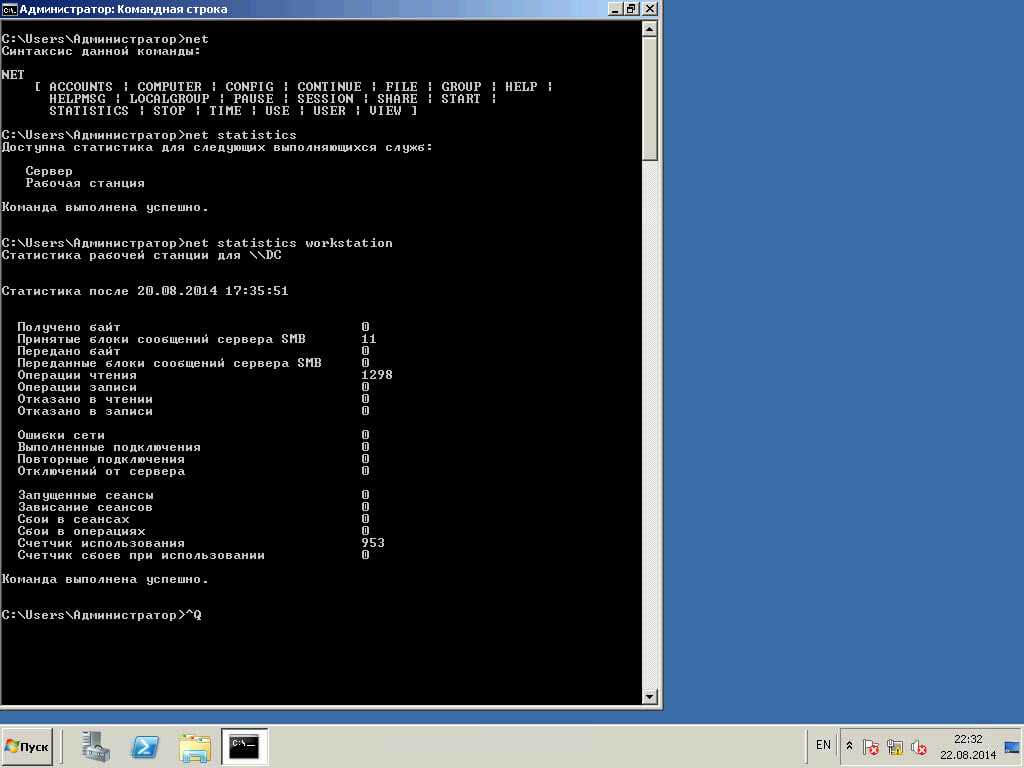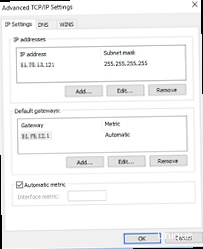Server uptime is an important parameter for server administrators and developers. This parameter shows how long the server has been running without rebooting. You can find out the server uptime in several ways. In this article, we will look at some of them.
Using the <uptime command in the terminal
One of the easiest ways to find out the server uptime is to use the uptime command in the terminal. Simply open the terminal and enter this command. You will receive information about the current server uptime, load, and number of users.
Using the <w command in the terminal
Another way to find out the server uptime is to use the w command in the terminal. It will also show the current server uptime and information about users, but will provide a little more detail.
Using monitoring software
There are special programs for monitoring servers that allow you to track various parameters, including server uptime. Programs such as Nagios, Zabbix, and Monit can provide more detailed information about the server’s operation.
Checking system logs
If you have access to the system logs, you can also find out the server uptime by looking at the information in the logs. Usually, the logs contain information about the server uptime and its status.
Conclusion
You can find out the server uptime in various ways — from a simple command in the terminal to using specialized monitoring programs. Each method has its advantages and disadvantages, so choose the one that is most convenient for you.





